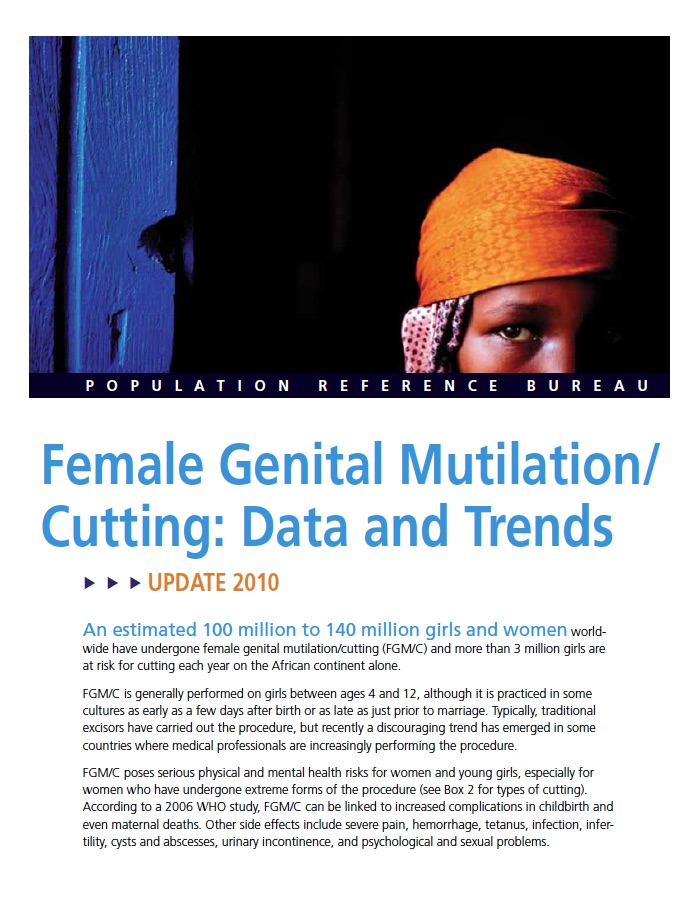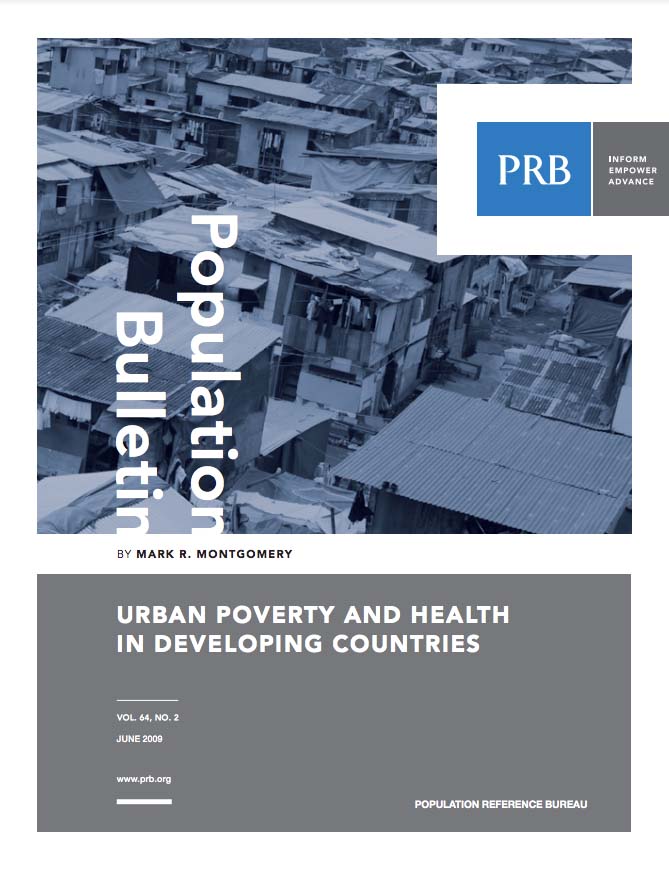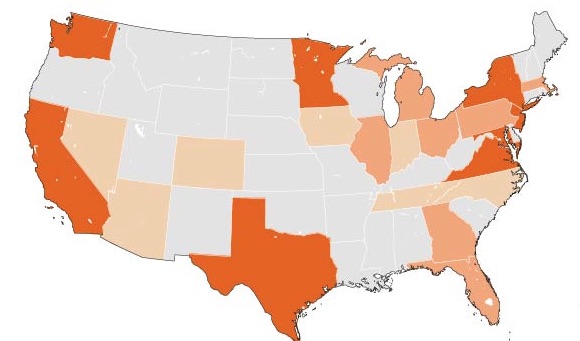Global Burden of Noncommunicable Diseases
(2012) Noncommunicable diseases (NCDs), also referred to as chronic diseases, are the leading causes of death worldwide.
(2012) Noncommunicable diseases (NCDs), also referred to as chronic diseases, are the leading causes of death worldwide.

Project: PACE: Policy, Advocacy, and Communication Enhanced for Population and Reproductive Health
The linkages between family planning, inclusive economic growth, and resilience in SSA are featured in a new suite of materials.
(2008) Chronic malnutrition has been a persistent problem for young children in sub-Saharan Africa. A high percentage of these children fail to reach the normal international standard height for their age; that is, they are "stunted."
Project: IDEA: Informing Decisionmakers to Act
(2014) News reporting in the past year by PRB's Women's Edition participants has been instrumental in exposing violence against women to authorities in Kenya and Pakistan and forging a path to justice for women who were raped.

(2010) An estimated 100 million to 140 million girls and women worldwide have undergone female genital mutilation/cutting (FGM/C) and more than 3 million girls are at risk for cutting each year on the African continent alone.

(2009) The era in which developing countries could be depicted mainly in terms of rural villages is now in the past. A panoramic view of today's demographic landscape reveals a myriad of cities and towns.

Project: PACE: Policy, Advocacy, and Communication Enhanced for Population and Reproductive Health
Population statistics and database measuring growing human population distribution globally with an emphasis on youth.

Which generation had the toughest time as young adults?

(2016) Although FGM/C is most prevalent in sub-Saharan Africa, global migration patterns have increased the risk of FGM/C among women and girls living in developed countries, including the United States, according to PRB analysis published February 2015.